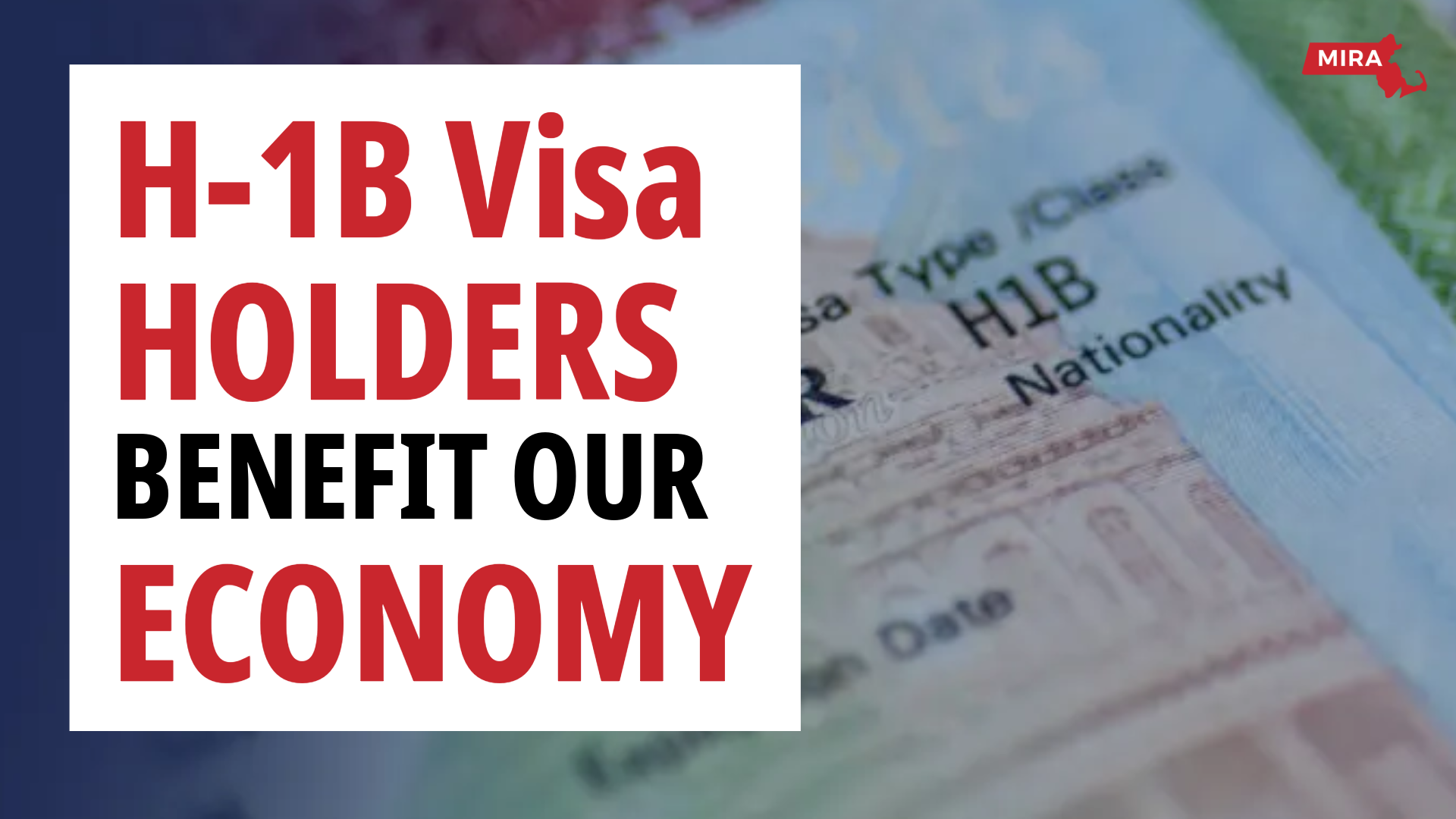
SEPTEMBER 2025
On September 18th, the Trump Administration caused confusion and panic for American businesses when it announced a new $100,000 fee for H-1B non-immigrant visas for skilled workers. The language of the proclamation signed on September 19th was muddled, leaving businesses, employees, and lawyers scrambling as they tried to figure out who the new order actually applied to. Many current H-1B holders who were overseas at the time of the announcement spent thousands on new flights as they tried to come back to the US before the proclamation took effect on September 21st. Under pressure from companies and attorneys to provide better guidance, the administration clarified that the new fee only applies to new H-1B applications, and not to current visa holders, even if they are out of the country.
SOME HISTORY
What is the H-1B Worker Visa: The H-1B visa program was signed into law by former President George H.W. Bush in 1990 to address labor shortages. The program allows U.S. employers to employ skilled workers from overseas to temporarily work in the United States in “specialty occupations.” These “specialty occupations” range in various industries such as health care, tech and finance and other STEM-related fields and require a bachelor’s degree or its equivalent. Typically, an H-1B visa classification is three years, though it can be extended up to a maximum of six years.
HOW DOES THE H-1B VISA WORK?
Information provided by American Immigration Council✨
Before an employer can file a petition with U.S. Citizenship and Immigration Services (USCIS), the employer must take steps to ensure that hiring the foreign worker will not harm U.S. workers.
- Employers first must attest, on a labor condition application (LCA) certified by the Department of Labor (DOL), that employment of the H-1B worker will not adversely affect the wages and working conditions of similarly employed U.S. workers.
- Employers must also provide existing workers with notice of their intention to hire an H-1B worker.
Since the category was created in 1990, Congress has limited the number of H-1Bs made available each year. The current annual statutory cap is 65,000 visas, with 20,000 additional visas for foreign professionals who graduate with a master’s degree or doctorate from a U.S. institution of higher learning.
WHY H-1B VISAS ARE IMPORTANT?
H-1B visas are important because they allow U.S. employers to hire highly skilled foreign workers who can greatly contribute to the economy by boosting innovation, competitiveness and new job opportunities for native-born workers.
- Fulfill Critical labor shortages: Immigrant workers and native-born workers have different skill sets and as a result, they complement each other in the labor market, rather than compete for the same jobs. People with H-1B visas help fulfill labor shortages and in addition, they contribute their expertise and ideas, which helps build collaborative ecosystems, technical & scientific advancement and boosts innovation.
- Our Economy Grows: Immigrant workers spend and invest their wages in the U.S. economy, which increases consumer demand and creates new jobs.
- New Job Opportunities for native-born workers: Immigrants themselves frequently create new businesses, thereby expanding the U.S. labor market.
THE IMPACT of H-1B WORKERS on the U.S. ECONOMY
As stated by the American Immigration Council, “The economic contributions of H-1B workers in particular may increase the employment opportunities available to native-born workers in the United States. That is why unemployment rates are relatively low in occupations that employ large numbers of H-1B workers.”
Additionally, major tech companies such as Amazon, Microsoft, Meta & Google have relied on approvals from the program to hire employees from abroad.
THE FUTURE of H-1B VISAS
With more than half a million highly skilled foreign workers, the Trump administration’s new proposal has heightened anxiety for employees and companies that rely on the H-1B visa. Despite the clarification from the administration, questions still exist as the administration officials have been giving conflicting information on the fee. Commerce Secretary Howard Lutnick told reporters that the new fee would be charged annually, but other administration sources have said that the fee would only be a one time charge and would not apply to renewals, although that could change. Meanwhile, per the proclamation itself, the fee is set to expire after 1 year, although many expect it to be renewed next year. As with many moves by the Trump administration, many are also questioning whether the president has the legal authority to implement such a substantial price increase as Congress has only authorized the administration to set fees to recover the cost of application adjudication. The proposal faces a 30-day public comment period before it is considered by the administration for a final rule, a process that could take months. If adopted, these fees can have major consequences on the U.S. economy by cutting off a major supply of talent and innovation and disproportionately be granted to people who are deemed “higher skilled” by this current administration.
